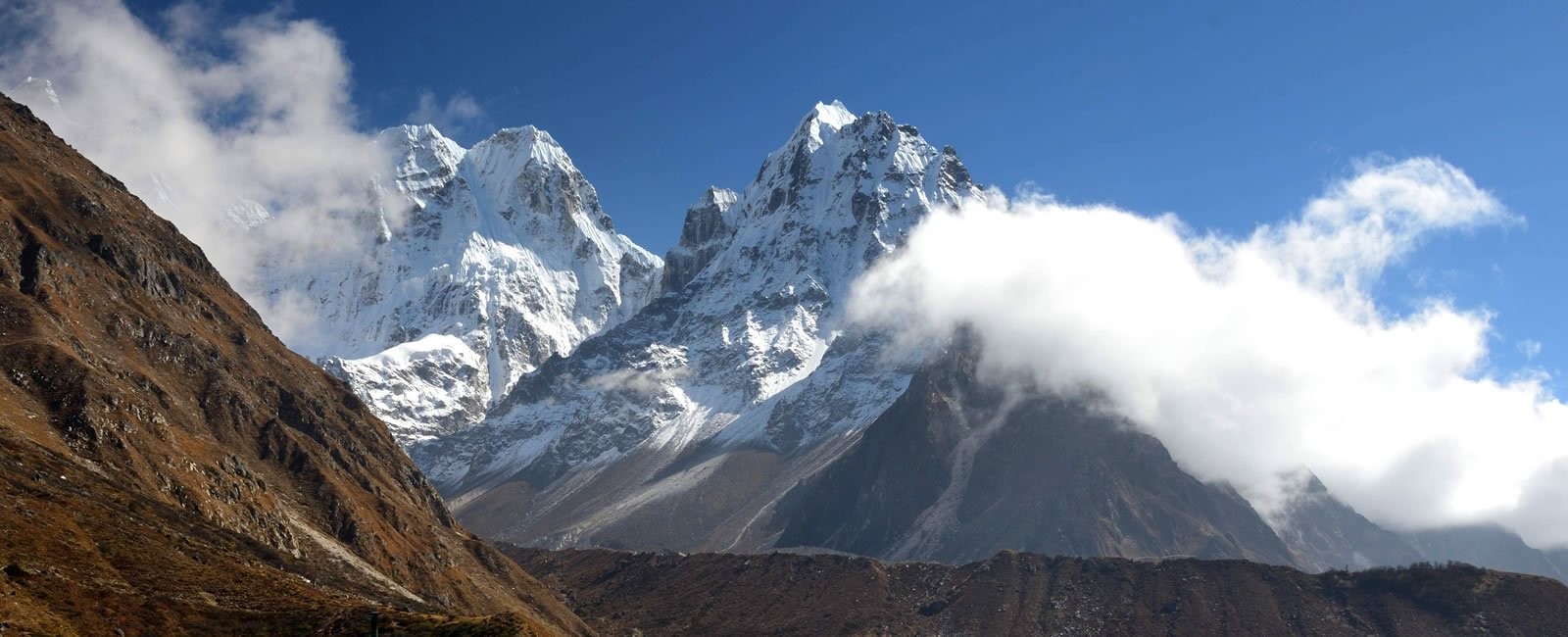Kanchenjunga Region: Graceful but unheeded!!!

- 01-Jun-2018
- 0
Few people are aware of the third highest peak in the world. Am I right? Generally, when people are asked about the highest peak in the world and its elevation; they are quick to answer, mentioning the Mt. Everest and of course, the well-renowned altitude of 8,848m asl. Backpackers visiting Nepal are well informed about the widely celebrated regions such as the Everest region, the Annapurna region and even the recently unlocked Mardi Himal region. But, a small number of visitors including trekkers are acquainted with the alluring Kanchenjunga region i.e. protected by the Kanchenjunga Conservation Area. The region is home to Mt. Kanchenjunga: world’s third highest peak, soaring at the altitude of 8,598m asl. Beyond doubts, Kanchenjunga massif is one of the most majestic among others in the Himalayan range.
The name ‘Kanchenjunga’ itself literally means the five treasures of snow in the Tibetan language, referring to the five major peaks in the region. Located at the north-eastern part of Nepal Himalaya in the Taplejung district, Kanchenjunga region shares its border with Tibet in the north and Sikkim in the east. The cold and wet winter in the alpine elevations to subtropical monsoon and humid summer at the lower altitudes; the climate differs following the change in the elevations. Therefore, the region is blessed with contrasting terrains that showcases subtropical forest in the lower mid-hills with 25 species of rhododendron, chinkapin, different species of Campbell, sweet olives etc.; and alpine grasslands adjacent to mountain forest in the high hills that incorporates Himalayan fir, Himalayan himlock, English yew etc. In addition, these rich forests render safe haven to 250 species of birds and endangered wildlife.
The Kanchenjunga Region comprises the trekking trail that passes across vibrant native villages with traditional mud-brick houses, lush rainforests, cardamom farmlands, pastures, and cultivated lands, waterfalls rapidly pouring downwards into gorges, high altitude lakes, undiscovered native communities and ultimately, rendering phenomenal mountain outlooks embracing the snow-capped peaks that arise marvellously along with the third highest eight-thousander. Further the treeline, the terrain switches again as the Kanchenjunga (8,598m) and Jannu (7,711 m) massifs renders some of the awe-inspiring snowy vistas on the planet. Furthermore, the region is inhabited by Sherpas/Lamas communities in higher elevations with Rais, Limbus, Chhetris, and Brahmins communities in lower elevation. Trekkers are bestowed with a deep insight of rich cultural heritage and traditions of these tribes as they come across their native land, monasteries, chhortens, temples and prayer-walls.
These single elements together make Kanchenjunga Base Camp trek trail, a paradise for trekkers and travel enthusiast who desires an escapade into the unexplored territory.
Necessary permits required

A special permit is necessary to trek in Kanchenjunga region known as KCAP. Additionally, there are four village development communities in the Kanchenjunga region that are declared restricted in order to help conserve the environmental and cultural significance of these areas that include Olangchungola village, Lelep village, Papung village and Yamphuding village. An RAP is essential to get access in above mentioned villages.
- Kanchenjunga Conservation Area Project Entry Permit (KCAP) NRS. 2,000 per person. It is a no time restriction
- Kanchenjunga Restricted Area Permit (RAP) USD 10 per person, per week.
Getting special restricted area permits are a bit difficult as the process is tedious as well as lengthy that requires about 2 hours and a series of applications, guarantees and letters. There is no system of advanced reservation and the process can be started only after the arrival in Nepal (As trekkers are needed to submit original passports). Also, there must be a minimum of two trekkers per group, and all groups must be escorted by a government authorized guide (trek guide license holder). On top of that, there are many checkpoints throughout the trail that examine the permits and turn back those who do not have the correct one.
You will be in need of:
- Valid passport with at least six months remaining validity and a valid Nepal visa extending past the expiry date of your RAP.
- On the agencies letter headed paper you need to supply details of:
- Application
- Itinerary
- Insurance details for guide
- Online submission id (as provided by agency)
- Details of dollars
- E-copy of passport sized photo
For above-mentioned reasons, trek in Kanchenjunga region has to be fully organized trek via the help of a registered trekking agency (with a registered guide). Hence, contact us immediately for a journey throughout the unheeded region of the Himalayan nation!! We’ll make sure that you don’t have to confront any unexpected troubles!!




